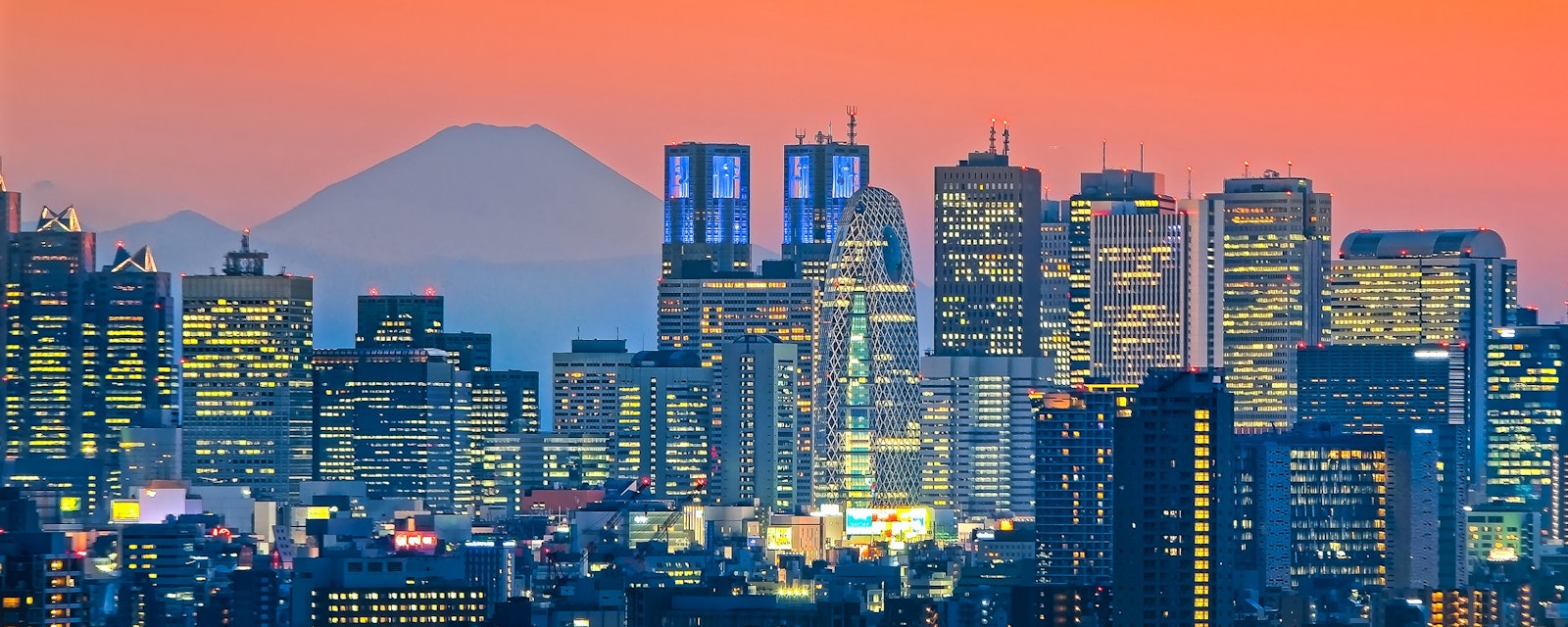The government will ease the effective ban on most foreign arrivals from March, although it could take more than six months for displaced international workers, students, and others to re-enter the country. Prime ministers since Shinzo Abe have pushed to have the world engage more with Japan economically and culturally, but there have been serious issues around the treatment of immigrant workers and residents. Given demographic decline, Japan will likely need to at least quadruple its foreign workforce to achieve long-term economic growth, but that would require a major change of policy direction.
Prime Minister Fumio Kishida bowed to pressure on 17 February to ease some of the restrictions that have effectively banned most foreign entrants from the country for all but a few weeks since January 2021. Kishida announced that from March the daily cap on international arrivals would rise from 3,500 to 5,000. Entrants with three vaccine doses from areas with stable infection rates will not need to quarantine, while others can move freely after a quarantine period of three days (down from five) and a negative test result.
The move came after a growing backlash from business groups and others, including the peak business federations Keidanren and Dōyukai and US and EU commerce chambers. Dozens of leading Japan scholars from around the world were among 1,500 signatories to a January petition calling for an end to the policy, which has seen international workers, students, academics, business travelers, and non-Japanese family members with eligibility to enter the country effectively locked out, and only permanent residents allowed back in. Any public health rationale for the reintroduction of the ban on 30 November vanished as the Omicron variant spread domestically and caused a surge of up to 100,000 recorded daily cases in January and February.
The slight easing of regulations will come as cold comfort to the many people still waiting to enter the country, now estimated to number over 400,000. The entrant ratio under the 3,500 daily limit has been about 60% Japanese, 40% non-Japanese. At that rate, it would take more than six months to clear the backlog of displaced foreigners under the new rule.
Love Japan, but Not too Much
Debate around the travel ban has served to highlight a long-running paradox at the heart of government policy—the desire to see foreigners embrace and love Japan, but not too much. Utilizing the banner of ‘Cool Japan’, former premier Shinzo Abe pushed an energetic agenda of getting the world to engage more with (and purchase more from) the country, through policies to promote tourism, attract inward investment and highly qualified international workers (gurobaru jinzai), and export luxury foods and cultural products like anime. The push was astonishingly successful in some respects, with annual tourist arrivals surging from 8.6 million in 2010 to 31.9 million in 2019.
In other respects, the situation is much less encouraging. Tourism numbers cratered by 99% in 2020 and 2021 with the onset of the pandemic and the travel ban. An arduous points system meant that the number of white-collar applicants for the high-skilled visa program barely reached four figures after its launch. Meanwhile, hundreds of thousands of blue-collar workers from emerging Asian countries and elsewhere arrived under the auspices of the misnomered ‘technical intern training program,’ which serves as a backdoor for low-wage temporary workers who in practice are often denied the same pay and labor rights as domestic staff. The US State Department highlighted the program’s potential for exploitation and abuse in its 2021 Trafficking In Persons report.
Tragic scandals have emerged, including a 41-year-old Vietnamese construction worker who was apparently beaten repeatedly by coworkers in Okayama prefecture over a two-year period, and a 33-year-old Sri Lankan woman who, as a long-term detainee at a Nagoya immigration center, died after being denied medical treatment. Foreigners also lack meaningful political rights, and after the municipalities of Toyonaka and Zushi approved local voting rights for foreign residents, pressure from nationalist and conservative politicians and media nationwide (including ruling Liberal Democratic Party lawmakers) ensured that councilors in Musashino city in greater Tokyo rejected a similar proposal that had been widely supported by the local population. In the context of displacement, abuse, and the denial of rights, critics have begun talking about 'Cruel Japan.'
The Workforce Problem
The problem from an economic perspective is that Japan is depopulating and rapidly aging, with its labor force expected to shrink by 10% by 2030. Given current demographic trends, the population will fall from 128 million in 2010 to under 100 million by 2050 in the best-case scenario. A recent study by think-tanks and the government’s Japan International Cooperation Agency (JICA) projected that the country would need to quadruple its foreign workforce from 1.7 million today to 6.7 million by 2040 to achieve the government’s long-term GDP growth target of 1.24%; if technological growth lags, more than 20 million would be required.
JICA President Shinichi Kitaoka has warned that without a change in policy direction, “Japan could become like a deserted village where people are unfriendly to foreigners and fewer newcomers would arrive.” If the LDP is to do more than pay lip-service to the idea of long-term economic growth, it needs to engage meaningfully with immigration reform, and make a major policy choice between Cool Japan and Cruel Japan.




